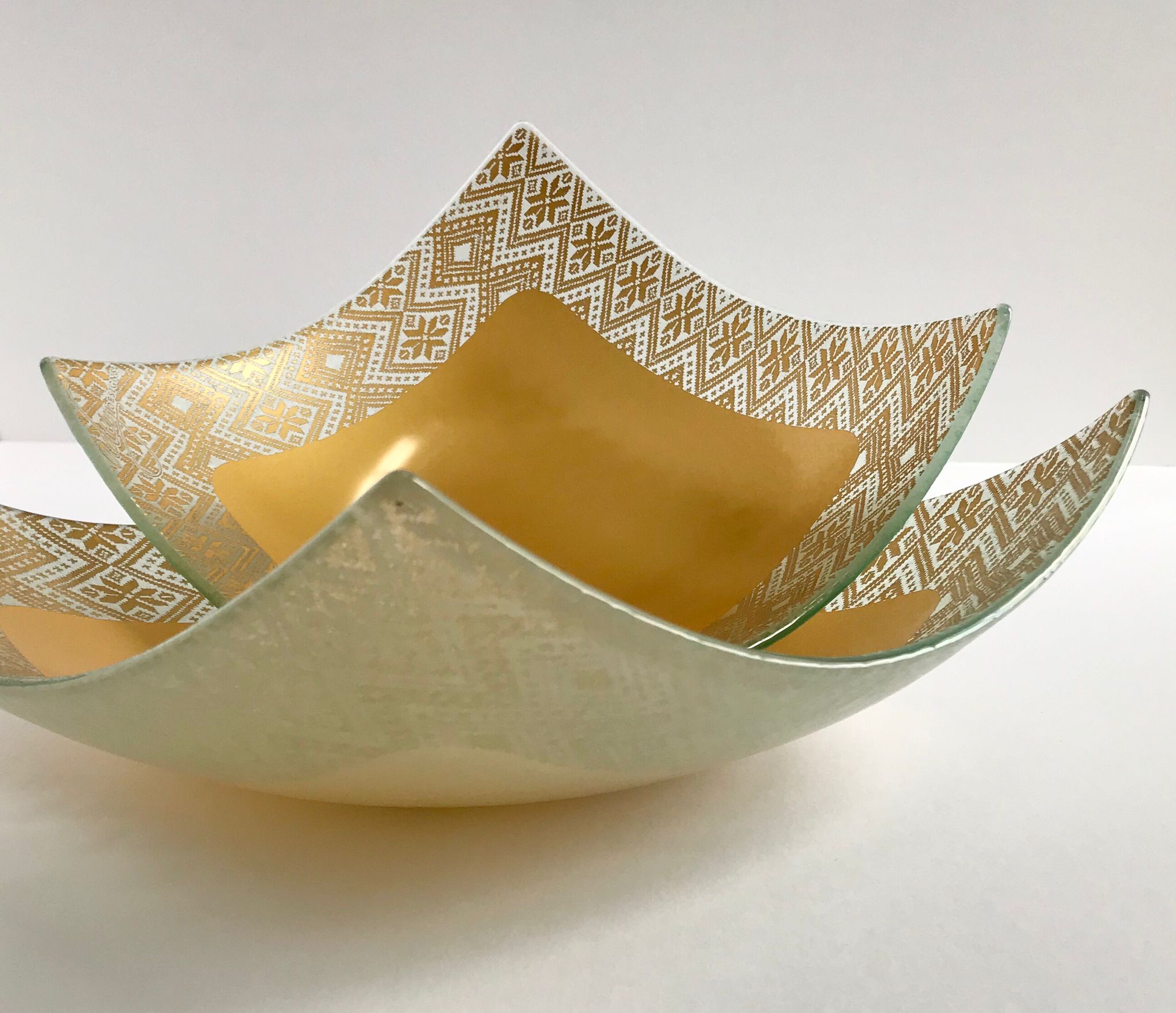Original Story Published by: Malak Altaeb, www.mei.edu
Photo Source: Courtesy of MEI
The Middle East and North Africa are well known for their severe water scarcity. The region’s lack of water resources is the result of many factors, including the harsh climate, intense heat, high evaporation rates, and increasing population growth. Libya is no exception in this regard. According to the World Resources Institute, it ranks 6th among the top countries worldwide facing “extremely high baseline” water stress.
Libya has no natural water reserves, such as rivers, and thus depends heavily on groundwater aquifers. Given the growing impact of climate change, it will be quite difficult for the country to continue to rely solely on natural resources for its water supplies. The discovery of oil in the 1950s, known as Libya’s black gold, also led to the discovery of large water aquifers. The development of the oil industry created a massive opportunity for the country — and its growing population — to profit from the export of hydrocarbons resources. This led to an overexploitation of natural resources that the former Libyan regime under Moammar Gadhafi justified by pushing propaganda about resource abundance, suggesting the country's groundwater aquifers would provide a continuous supply of water far into the future.
Although desalination, the process of extracting salt from seawater and purifying it for use as drinking water, was briefly introduced in the 1960s, it was not given much attention when the Gadhafi regime took power in 1969. Rather, the focus shifted to the Great Man-Made River Project (GMMRP), a massive civil engineering scheme designed to transport water through a network of underground pipes from deep aquifers in southern Libya to its northern coastal cities. These cities are home to the vast majority of the country's population: 78.2% of Libyans live in urban areas, or 5.38 million people out of the total of 6.8 million in 2020.
To read the full article, visit www.mei.edu.









